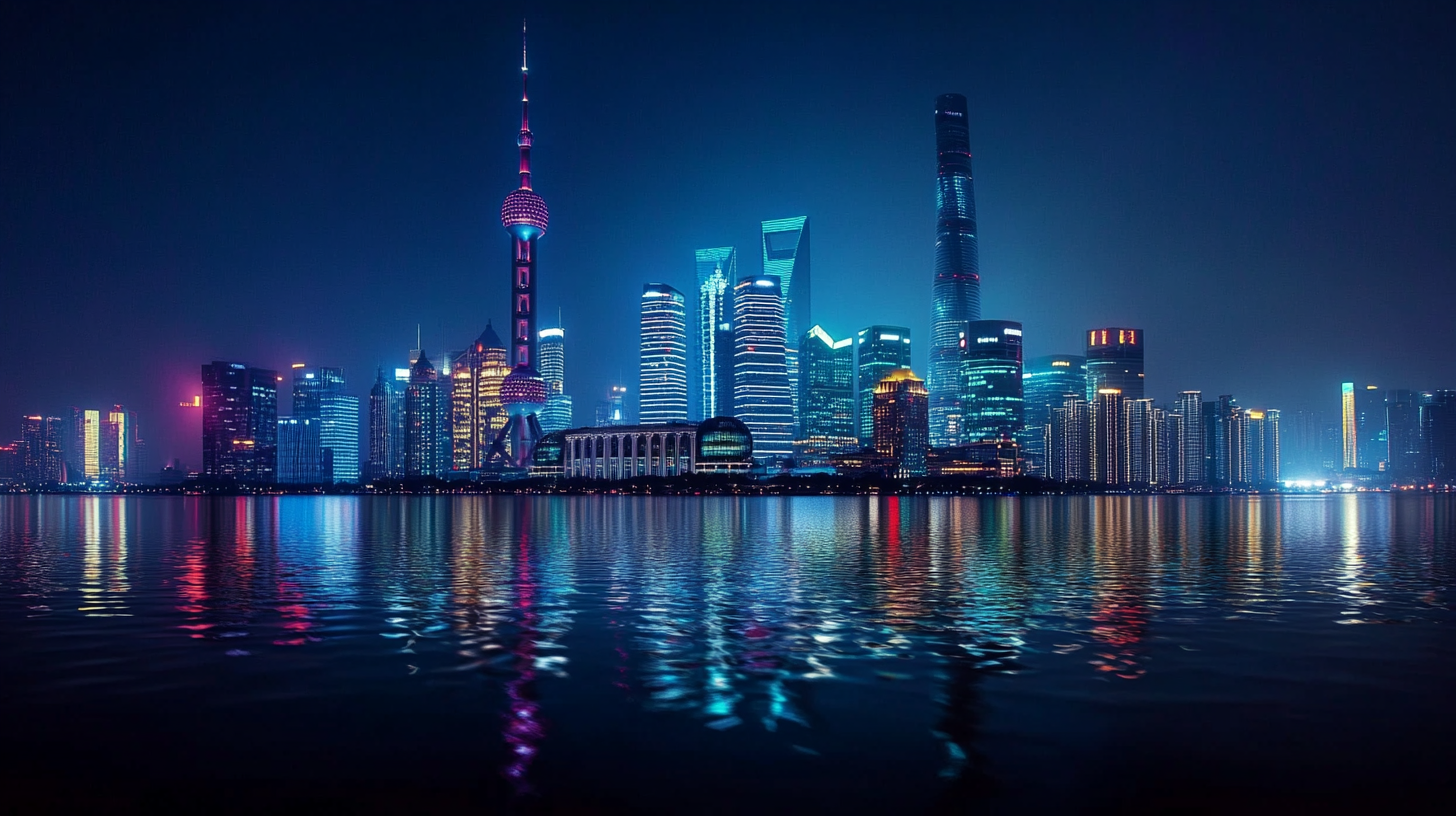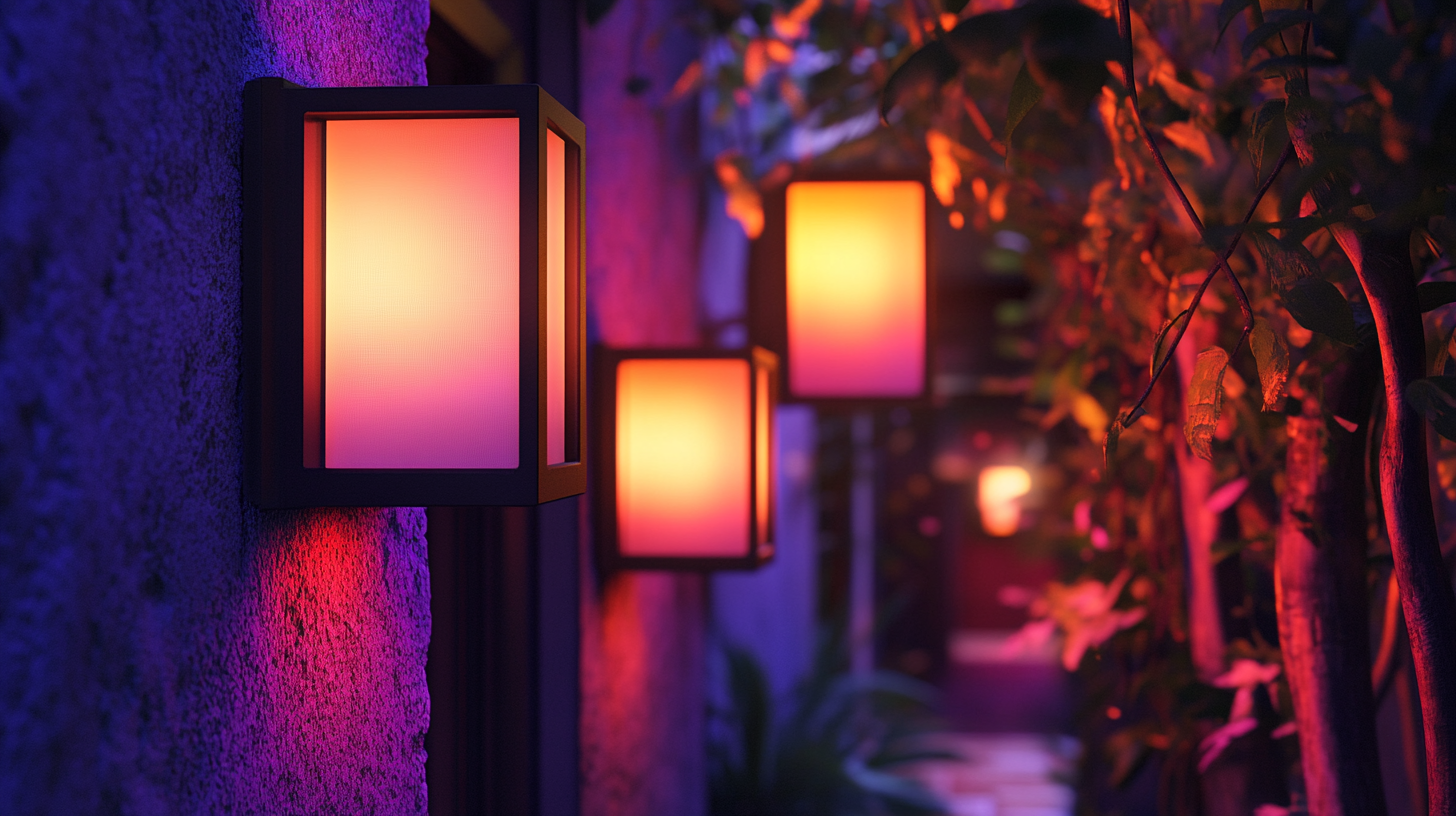Challenges in Selecting the Right Led Exterior Lighting for Your Global Projects
In today's global marketplace, the selection of appropriate LED exterior lighting is more crucial than ever. As cities and public spaces evolve, the need for efficient, sustainable, and aesthetically pleasing lighting solutions has become a top priority for architects, developers, and project managers alike. Ensuring that the chosen LED exterior lighting not only meets regulatory standards but also aligns with the specific needs and contexts of diverse projects across different regions presents a unique set of challenges.
Navigating these challenges requires a deep understanding of various factors, including local climate conditions, cultural preferences, and technological advancements. Additionally, stakeholders must consider the impact of LED exterior lighting on safety, energy efficiency, and maintenance costs. As such, this blog will explore the key challenges faced when selecting LED exterior lighting for global projects, while offering insights and strategies to make informed decisions that can enhance the overall effectiveness and appeal of outdoor spaces.

Understanding the Global Standards for LED Exterior Lighting Selection
When embarking on global projects, selecting the right LED exterior lighting requires a deep understanding of various international standards. Different regions often have specific regulations that govern light emissions, energy efficiency, and environmental impact. For example, the International Electrotechnical Commission (IEC) and the Illuminating Engineering Society (IES) provide guidelines that can help ensure compliance with local laws while meeting the needs of the project. In Europe, the European Committee for Standardization (CEN) has established EN 13201 standards that focus on the performance requirements of road lighting, emphasizing factors such as uniformity and glare control. Similarly, in the United States, the American National Standards Institute (ANSI) outlines criteria for outdoor lighting, ensuring adequate illumination levels while minimizing light pollution. Understanding these standards is crucial for project managers to avoid delays and potential fines. Moreover, environmental aspects and sustainability criteria play an increasingly significant role in the selection process. Many countries enforce regulations targeting energy consumption and carbon footprints. It’s essential to choose LED solutions that not only comply with these standards but also provide long-term benefits such as reduced energy costs and lower maintenance needs. As global projects become more complex, aligning with these standards can create a solid foundation for successful and sustainable lighting solutions.

Evaluating Environmental Considerations for LED Lighting in Different Regions
When selecting LED exterior lighting for global projects, one must consider various environmental factors that significantly differ across regions. A major consideration is the impact of climate change, which affects electricity demand and usage patterns. For instance, regions experiencing extreme weather changes might require lighting solutions that are energy-efficient and adaptable to fluctuating conditions. The integration of LED technology has shown to contribute to substantial carbon emissions reductions, making it a favorable choice in the fight against climate change.
In addition to energy efficiency, there is a pressing need to assess the lifecycle environmental impacts of lighting solutions. A recent study highlighted the importance of understanding how urban areas in developing regions manage municipal solid waste. With rapidly increasing waste volumes, integrating LED lighting systems within these frameworks can substantially lower the carbon footprint associated with waste management processes. For example, the utilization of LED lights, which consume up to 80% less energy than traditional fixtures, not only supports energy conservation but also complements broader sustainability goals.
Moreover, as demonstrated by initiatives aimed at tackling plastic pollution in marine environments, there is a growing trend in considering the ecological consequences of lighting installations. Regions that prioritize environmental restoration and sustainability can benefit from LED systems designed with minimal environmental impact. The future of LED exterior lighting lies in harnessing these considerations, which will not only meet the needs of diverse environments but also promote global ecological health.

Navigating the Complexities of Budget and Cost-Effectiveness in LED Lighting
When it comes to selecting the right LED exterior lighting for global projects, navigating budget constraints and cost-effectiveness presents significant challenges. The global market for military lighting is projected to reach $11.096 billion by 2033, with a compound annual growth rate (CAGR) of 7.06%, indicating a growing demand for efficient lighting solutions across various sectors. This trend highlights the importance of making informed decisions about lighting products that not only meet aesthetic and functional requirements but also adhere to stringent budget constraints.
Investors and project managers must evaluate the total cost of ownership when considering LED lighting options. Higher upfront costs may deter some buyers, but the long-term savings in energy consumption and maintenance can justify the investment. Reports suggest that LED lighting can save up to 75% in energy costs compared to traditional lighting solutions, making them a more sustainable and economically viable option for long-term projects.
Moreover, the advancements in automotive lighting technologies showcase the importance of innovation in project planning. With revolutionary bus protocol technology streamlining the design process, the industry is taking strides toward creating more appealing lighting solutions that fit both space and budgetary limitations. By understanding these complexities and leveraging available data, stakeholders can make informed decisions that align with both their financial goals and project requirements.

The Importance of Energy Efficiency and Sustainability in Global Projects
In the face of escalating environmental challenges, energy efficiency has emerged as a cornerstone in global sustainability efforts. The necessity to improve energy efficiency is not just a trend but a global imperative, as substantial reductions in energy consumption can significantly lower greenhouse gas emissions. According to recent reports, transport is responsible for approximately one-fifth of global energy-related CO2 emissions, underscoring the need for effective energy solutions within this sector to complement the rapid growth of electric vehicles.
Adopting energy-efficient technologies is crucial for organizations looking to fulfill their sustainability goals while also navigating the complexities of global projects. For instance, initiatives like the Energy Efficiency for Sustainable Development program aim to double the global annual rate of energy efficiency improvements, pushing us closer to achieving Sustainable Development Goals (SDGs). Companies are increasingly recognizing that sustainable energy usage not only benefits the environment but also offers financial rewards, with flexible financing options available to support investments in innovative technologies that guarantee energy savings.
Moreover, multilateral efforts and ambitious targets set by countries, such as tripling renewable energy capacity, highlight a collective commitment to the energy transition. With over 600 renewable energy projects in execution worldwide, it is evident that harnessing the potential of solar and wind energy will be vital in curbing reliance on fossil fuels and promoting energy self-sufficiency. The ongoing push for energy efficiency is a crucial step towards mitigating environmental impact and ensuring a sustainable future for generations to come.
Adapting to Cultural and Aesthetic Preferences in LED Exterior Lighting Design
When embarking on global projects, selecting the right LED exterior lighting involves more than just technical specifications; it requires a deep understanding of cultural and aesthetic preferences. Different regions have unique visual languages and traditions that influence their architectural styles and outdoor environments. For instance, in Mediterranean countries, warm white lights may be preferred to complement historical architecture, while in Scandinavian regions, cooler tones can reflect modern minimalist designs. Adapting to these preferences is essential for creating cohesive and appealing spaces.
Moreover, local customs and practices play a significant role in how lighting is perceived. Festivals, celebrations, and daily routines influence what types of lighting are favored. In some cultures, bright, vibrant colors may be celebrated, while others may prioritize subtlety and elegance. It’s crucial for designers and project managers to engage with local communities to understand these preferences and integrate them into their lighting design.
Lastly, sustainability and energy efficiency are also paramount when considering cultural preferences. Many regions are increasingly looking for eco-friendly solutions that align with their values. By choosing LED lighting that reflects not only the aesthetic but also the environmental ethos of the community, global projects can achieve a harmonious blend of function and form. Understanding and incorporating these cultural nuances can transform a simple lighting installation into a vibrant expression of identity and place.


